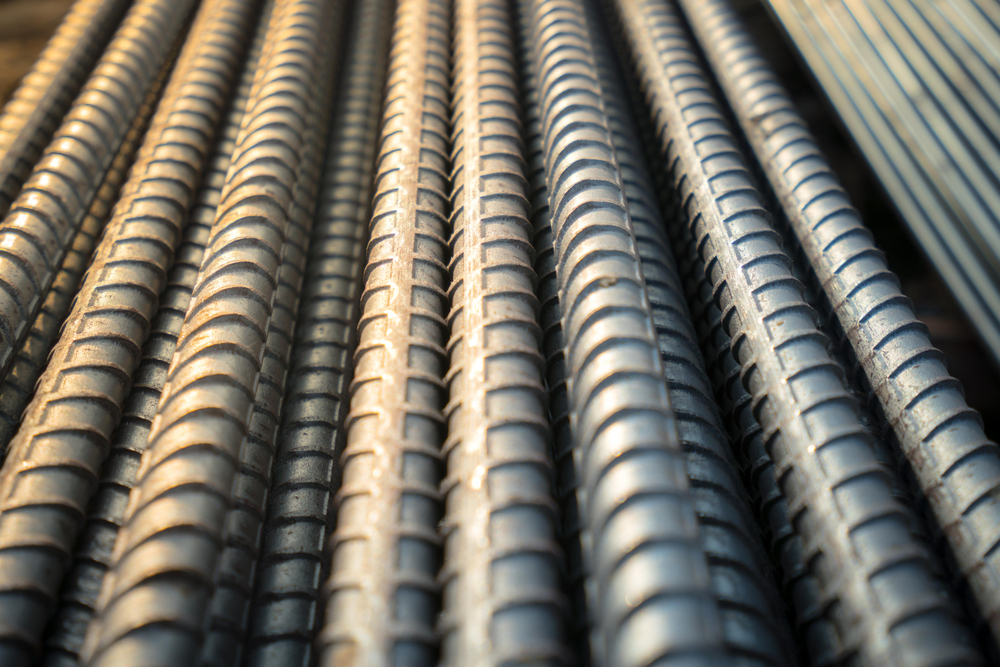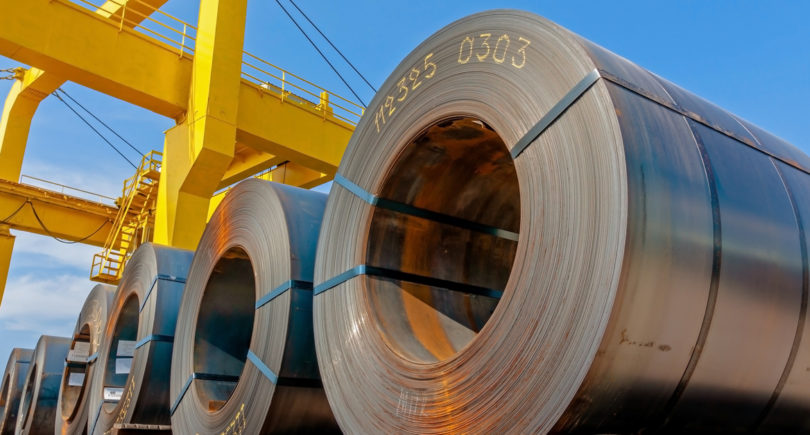
News Global Market Italy 1344 27 June 2024
Factories are resorting to raising target levels for the second time in the last month
Italian rebar producers are trying to bring domestic benchmark prices for their products up to €400/t Ex-Works. This is the second time in the last month that the plants have resorted to raising prices. In particular, the latest adjustments are planned at the level of +€30/t – from the current €340-370/t. This was reported by Kallanish.
The market indicates that the prospects for higher prices look rather pessimistic amid low demand among end users. Higher prices will trigger the exit of distributors from the market, who will purchase products only when they are urgently needed. It is unlikely that rebar prices will reach the levels desired by producers for a long time.
Domestic benchmark prices for construction mesh in Italy have also risen since the beginning of June, reaching €460/t Ex-Works, similar to rebar. At the same time, there is sufficient demand for these products amid increased construction activity in the road and warehouse sectors.
As a reminder, in May 2024, global rebar prices declined in most regions. The main factors behind the downward trend were weak demand and sufficiently high supply. The state of the construction industry in most countries did not contribute to positive changes in the long products market.
In Europe, rebar prices fluctuated in different directions in May. In particular, in Northern Europe, prices fell by €10/t, or 1.5%, to €610-640/t Ex-Works over the period 3-24 May. In Italy, prices increased by 3.5%, or €20/t, to €580-590/t Ex-Works.
The downward trend in the European market was caused by a slowdown in construction activity. Producers had to fight for orders in the face of fierce competition. Some large companies, having financial reserves, lowered prices to uncompetitive levels to fill their order books.
Meanwhile, in the Italian market, producers managed to raise prices slightly amid rising consumer activity after the holidays in late April and early May. During this period, local steelmakers reduced production to balance supply and demand, which yielded a visible result.




